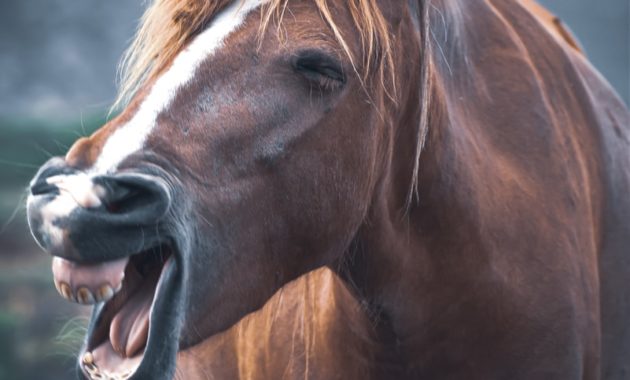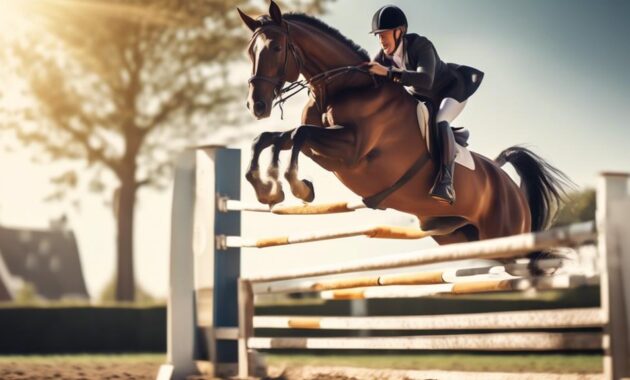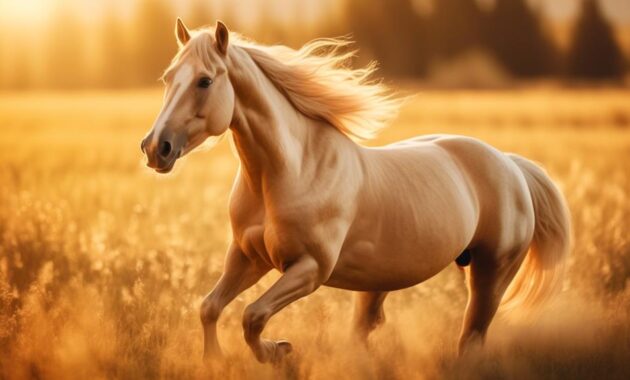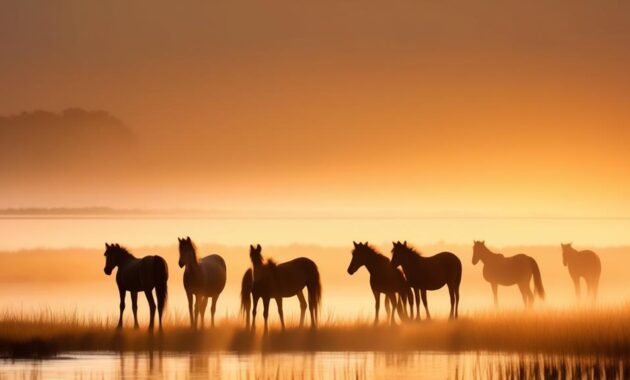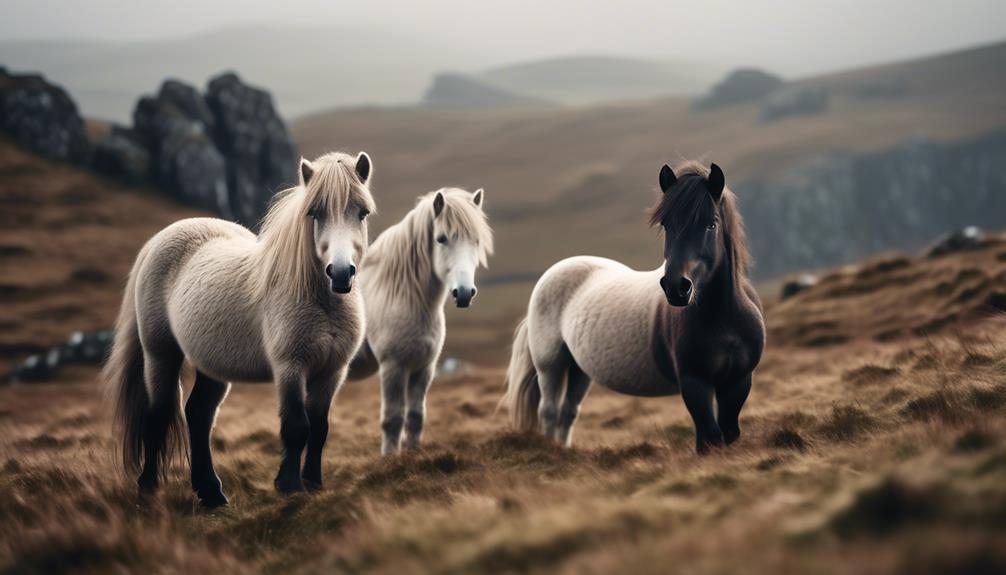
They say that beauty is in the eye of the beholder, and when it comes to Dartmoor Ponies, their allure is undeniable. These hardy and beautiful creatures have captured the hearts of equestrians and nature enthusiasts alike.
But what is it that makes them so captivating? Is it their small yet well-defined physique, or perhaps their medium height and alert ears that give them an air of elegance? Maybe it’s their rich history, originating in the rugged landscapes of Dartmoor, Devon, England, and their ability to adapt and thrive in challenging environments.
Whatever the reason, the allure of Dartmoor Ponies is something that begs to be explored further.
Key Takeaways
- Dartmoor ponies have a small and well-defined physique, with medium height and an average weight of 441 pounds.
- They come in a range of colors including black, gray, chestnut, bay, and roan, with some ponies being solid black or gray.
- Dartmoor ponies originated in Dartmoor, Devon, England, and were historically used for transporting tin during the medieval era.
- They have an even-tempered and gentle nature, making them reliable and easy to handle companions that excel in various disciplines, including therapy work.
Physical Characteristics of Dartmoor Ponies
Dartmoor ponies possess distinct physical characteristics that make them easily recognizable and admired. These small yet well-defined ponies have an average weight of 441 pounds and a medium height. Their small heads with alert and sharp ears add to their charm. The body of a Dartmoor pony is of medium length, with a deep girth.
Originating in Dartmoor, Devon, England, they evolved to be hardy and sure-footed, making them excellent for transporting tin during the medieval era. To preserve the breed’s efficiency, they were crossbred with Shetland ponies. The formation of a stud book in 1924 helped in maintaining the breed’s purity.
With their even-tempered, kind, calm, gentle, and reliable temperament, Dartmoor ponies are a delight to be around. They come in a variety of colors such as black, gray, chestnut, bay, and roan.
Regular grooming using a curry comb, shedding blade, dandy brush, body finishing brush, mane comb, tail brush, and a hoof pick is essential to keep their skin and coat healthy.
Dartmoor Pony Breed History
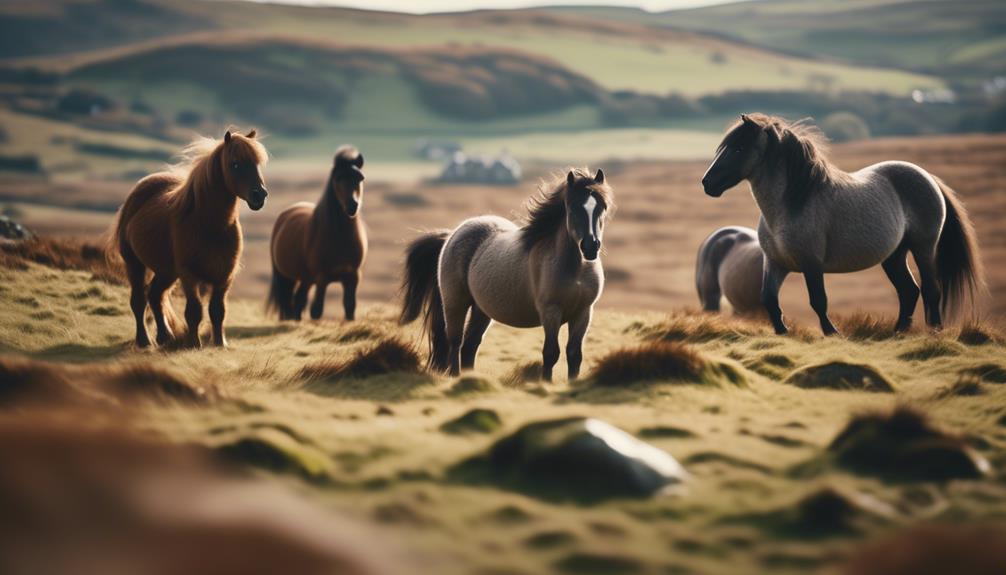
The history of the Dartmoor Pony breed is rich and fascinating, tracing its origins to the rugged moorlands of Devon, England. These ponies have evolved to be hardy and sure-footed, making them well-suited for the challenging Dartmoor terrain.
During the medieval era, they were used for transporting tin, showcasing their strength and endurance. To enhance their efficiency, Dartmoor ponies were crossbred with Shetland ponies. This crossbreeding contributed to their small, well-defined physique and medium height.
In 1924, a stud book was formed to preserve the breed and ensure its future. Today, Dartmoor Ponies continue to captivate with their even-tempered and gentle nature. Their historical significance, combined with their beauty and reliability, make them a beloved breed for both equestrians and nature enthusiasts.
Dartmoor Pony Temperament
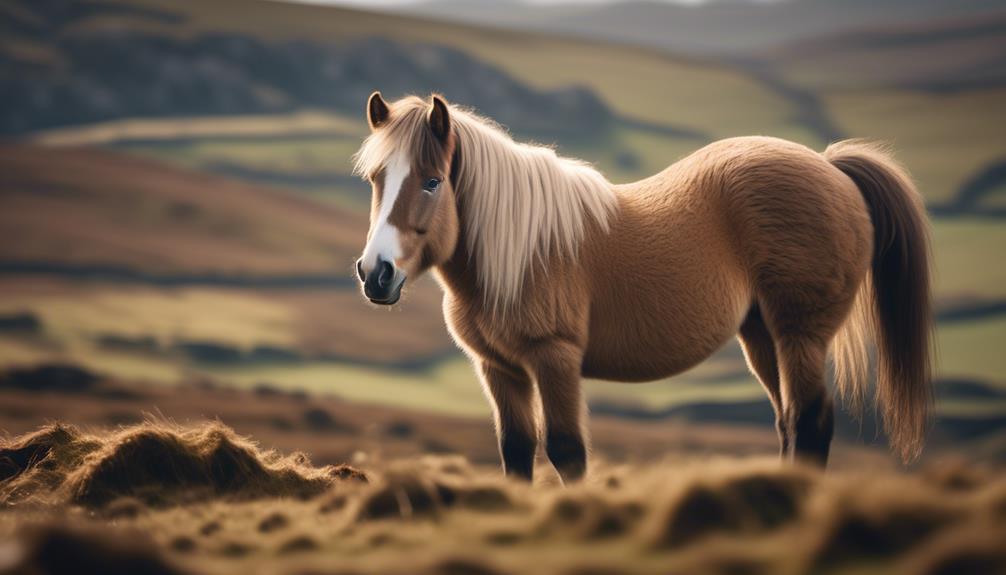
With their even-tempered and gentle nature, Dartmoor Ponies are known for their reliable and calm disposition. These ponies have a natural ability to stay composed in various situations, making them an excellent choice for both children and adults.
They’re kind and patient, making them easy to handle and train. Dartmoor Ponies are reliable companions, always ready to please their owners and adapt to different environments.
Their calm demeanor allows them to excel in various disciplines, including pleasure riding, driving, and even therapy work. Whether you’re exploring the moorland or participating in equestrian competitions, the Dartmoor Pony’s temperament ensures a safe and enjoyable experience for all.
Dartmoor Pony Colors
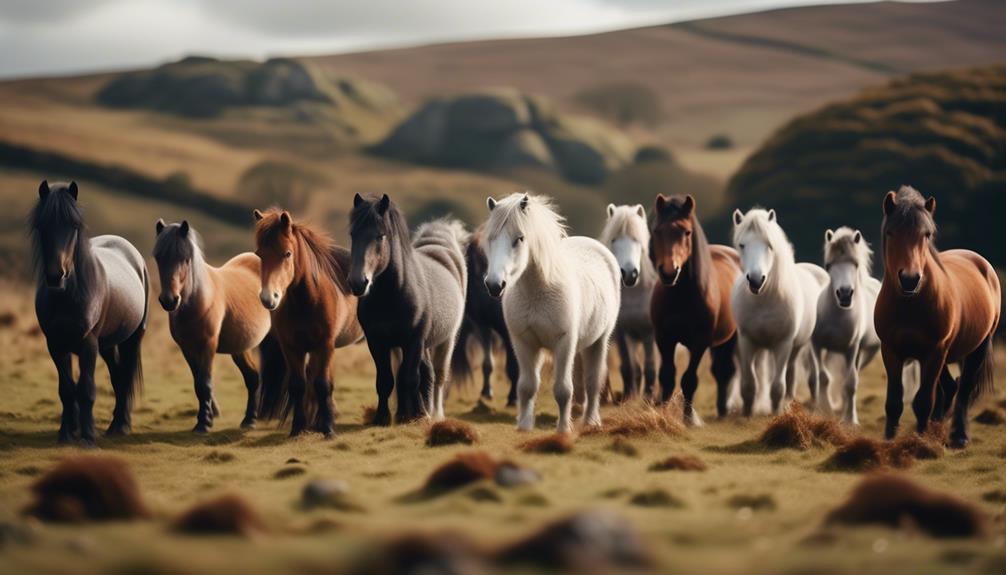
The colors of Dartmoor Ponies range from black and gray to chestnut, bay, and roan. These colors add to the allure and beauty of these hardy ponies. Some Dartmoor Ponies are solid black or gray, while others have a mixture of colors, such as chestnut, which is a reddish-brown shade.
Bay is another common color, characterized by a brown body with black points, such as the mane, tail, and lower legs. Roan ponies have a base color with white hairs interspersed throughout their coat, creating a speckled or dappled appearance.
Whether you prefer a dark and mysterious black pony or a vibrant chestnut or bay, Dartmoor Ponies come in a variety of colors to suit every taste.
Dartmoor Pony Grooming Requirements
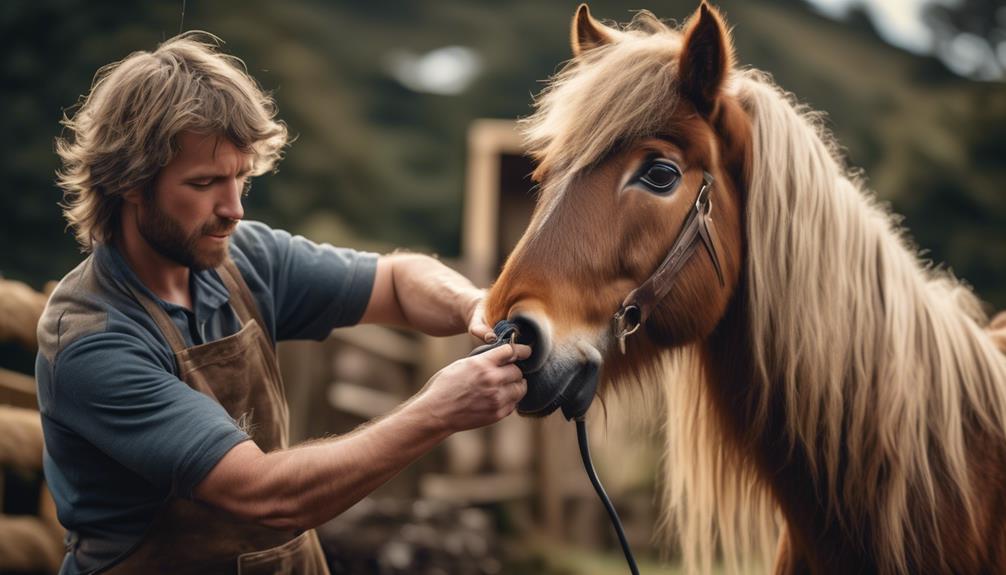
To keep your Dartmoor Pony’s skin and coat healthy, regular grooming is essential. These ponies enjoy being groomed and it helps maintain their overall well-being.
Start by using a curry comb to remove dirt, sweat, and loose hair. Then, use a shedding blade to remove any remaining loose hair and stimulate circulation.
A dandy brush can be used to remove dust and dirt from the coat, while a body finishing brush will leave it looking shiny and smooth.
Don’t forget to clean their hooves with a hoof pick to prevent infections. For their flowing mane and tangle-free tail, use a mane comb and tail brush.
Frequently Asked Questions
Are Dartmoor Ponies Suitable for Beginners or Inexperienced Riders?
Dartmoor ponies are suitable for beginners or inexperienced riders. They have an even-tempered, kind, calm, and gentle temperament. Their small size and medium height make them easy to handle, and their reliability ensures a safe riding experience.
How Long Do Dartmoor Ponies Typically Live?
Dartmoor ponies typically live for an average of 20 to 25 years. They are known for their hardiness and adaptability, making them a great choice for riders of all experience levels.
Can Dartmoor Ponies Be Used for Jumping or Other Competitive Disciplines?
Yes, Dartmoor ponies can be used for jumping and other competitive disciplines. They are small yet well-defined, even-tempered, and reliable. With their hardy nature and sure-footedness, they can excel in various equestrian activities.
What Type of Environment or Climate Is Best Suited for Dartmoor Ponies?
Dartmoor ponies thrive in diverse environments, but they are best suited for rugged landscapes with a cool and damp climate. They are hardy and adaptable, able to withstand harsh conditions while remaining healthy and happy.
Do Dartmoor Ponies Require Any Special Dietary Considerations or Supplements?
No, Dartmoor ponies do not require any special dietary considerations or supplements. They have evolved to be hardy and sure-footed, and their even-tempered, kind, calm, and gentle nature makes them reliable and low-maintenance.
What Makes Anglo-Norman Horses Similar to Dartmoor Ponies?
The versatile Anglo-Norman horse shares many similarities with Dartmoor ponies, including their hardy nature and adaptability to various terrains. Both breeds are known for their strength and endurance, making them suitable for various equestrian activities and tasks. Their versatility makes them valuable assets in a variety of settings.
Conclusion
So, if you’re looking for a horse that combines beauty and resilience, look no further than the Dartmoor Pony.
With its captivating physique, hardy nature, and gentle temperament, this breed makes for a reliable companion.
Whether you’re in awe of their various colors or enjoy pampering them through regular grooming, the Dartmoor Pony is the perfect choice for you.
Don’t miss out on the allure of these hardy and beautiful ponies.

